Mueller, Barr, Giuliani, Comey and Kallstrom Once Fought Terror Together—Now Trump Has Them Fight Each Other
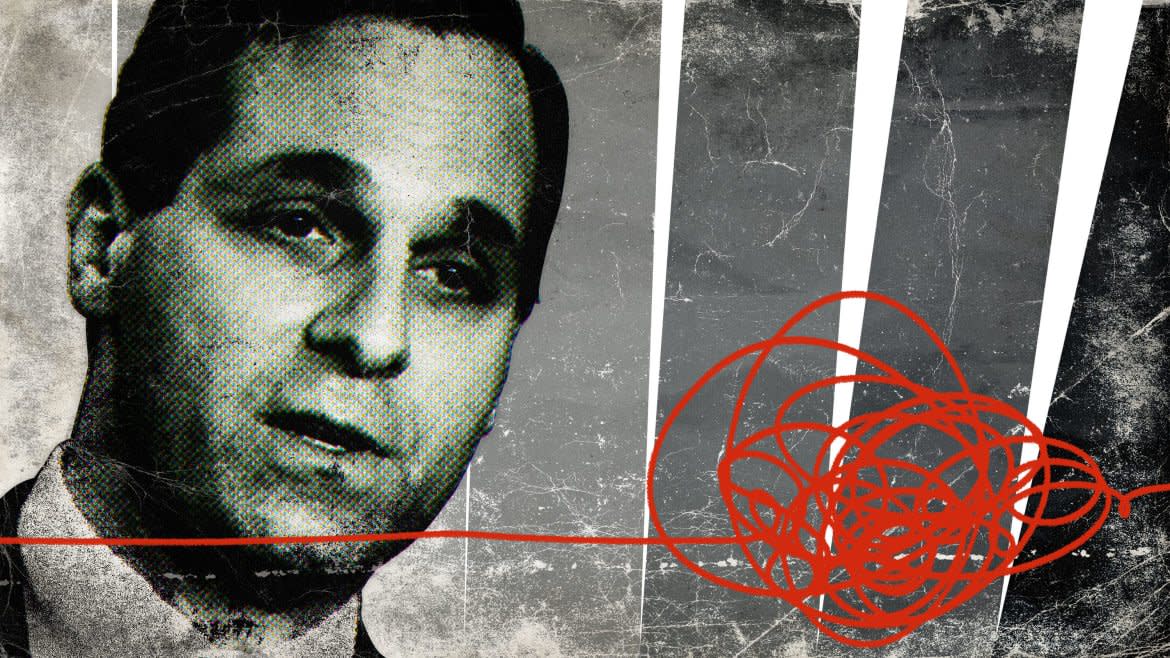
The constellation of federal investigators, attorneys, prosecutors and judges orbiting Donald Trump in the last three years have a unique, shared history.
Relatively unknown to the American public is the fact that before many of them became household names, cast as either the heroes or villains of the Trump saga (depending on where you stand on Trump), they were colleagues in the trenches of some of America’s biggest terrorism cases.
They crossed paths numerous times in courtrooms and at crime scenes, often united by a single case. From my perch working for the House Intelligence Committee, at the FBI as a congressional liaison, and then on the 9/11 Joint Inquiry, I observed what in many respects were their finest achievements, how those played out politically, how they fought their turf battles at home and with foreign governments, how they learned to communicate with the American public after each tragedy—and ultimately, fundamentally how they changed America’s approach to national security.
If Trump’s Rage Brings ‘Civil War,’ Where Will the Military Stand?
In the 1990s, as hundreds of Americans were being slaughtered in acts of terrorism from Oklahoma City to Kenya to lower Manhattan—and while Donald Trump was hosting teenage beauty pageants—these men helped capture, extradite, prosecute, and put away for life some of the worst mass murderers of American citizens in our nation’s history.
But now they have become caricatures and cable news fodder—and their reputations are part of the professional carnage that comes to almost everyone who is part of the Donald Trump story. They are known to the American public primarily for the things they have said, for one reason or the other, about Trump—and even more to the point, for what he has said about them.
Rudy Giuliani, James Comey, Robert Mueller, William Barr, James Kallstrom, and Louis Freeh have all taken divergent paths over the past few years. But in the more than two decades that preceded Trump’s descent down the golden escalator on election night 2016, their résumés overlapped as they worked to find the perpetrators and bring them to justice in such cases as Pan Am 103, a 747 blown up over Lockerbie, Scotland; the devastated Federal Building in Oklahoma City; the Khobar Towers full of American personnel, blown up in Saudi Arabia; the Atlanta Olympics bombing; the devastated American embassies in Tanzania and Kenya; the attack on the USS Cole at anchor in Yemen; then, of course 9/11. And it’s a sad fact that the work they did during their impressive law enforcement careers got lost in the noise created by Trump’s presidency.
Most interesting of all, however, is the fact that for most of these men, what they thought of Trump in 2016 had a lot to do with their opinion of the occupants of the White House—Bill Clinton and Hillary Clinton—during those years their lives had intersected.
Those opinions proved to be enduring and consequential.
THE DIRECTOR
In September 1993, Federal Judge Louis J. Freeh walked out of the United States District Court for the Southern District of New York and into FBI Headquarters as its new Director. Both his youth, 43 years of age, and his background as a former FBI agent, made him an inspired choice to lead the Bureau when nominated by the new American President, Bill Clinton.
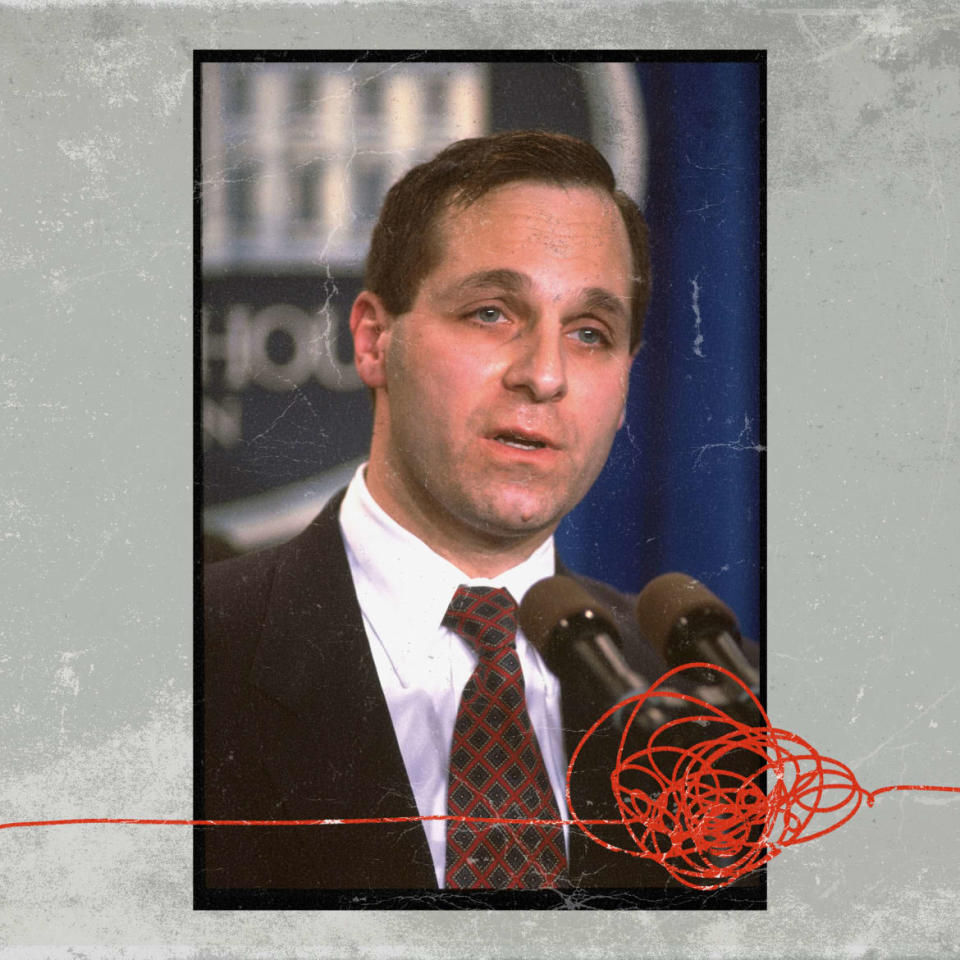
Freeh’s predecessor, William Sessions, had not completed his 10-year term as director before a report alleging ethical improprieties was released by President George H. W. Bush’s Attorney General William Barr (yes, the same William Barr who is today Trump’s Attorney General).
Sessions refused to exit his position voluntarily, so it was left to Clinton’s new attorney general, Janet Reno, to fire him.
Clinton may wish he had held on to Sessions. The new president and the new FBI Director would soon be at loggerheads.
Although there was still a sense of excitement in Washington over the generational shift that the 1992 election represented, the fact was the Clinton administration began as an unmitigated disaster. It seemed undisciplined and chaotic to Freeh, and its early days were consumed with FBI investigations into Filegate, Travelgate, Whitewater, Paula Jones and Jennifer Flowers, and even an investigation into China’s attempts to meddle in the 1992 elections. And, most mysteriously, there was the investigation into the shocking suicide of Bill and Hillary’s long-time friend from Arkansas, Deputy White House Counsel Vince Foster.
FBI agents walked around the halls dispirited, talking about their affection for George H.W. Bush and their disdain for the dirty campaign they felt the Clintons had waged against him. While Clinton came off cool (playing sax on The Arsenio Hall Show, for example), “The Wimp Factor” tagline stuck to George H.W. Bush—a man who had flown 50 combat missions during World War II, had been one of the Navy’s youngest aviators and was a recipient of the Distinguished Flying Cross.
Freeh, who had been appointed a federal judge by the senior Bush, had a deep affection for him. He accepted the job as FBI Director even though he believed not only that the wrong man had won the presidency, but was firmly convinced that the winner, Clinton, was dirty. In those years, the FBI’s antipathy towards the Clintons flowed from the top down—and would become ingrained in its organizational culture.
For his part, had Clinton wanted an FBI Director who would do his bidding and sweep his scandals under the rug (which the current president seems to believe is part of the job description), he knew damn well it wouldn’t be Freeh. Yet, he courted Freeh. Freeh, considered tough and clean as a hound’s tooth, would give the new Clinton Administration a patina of ethical validity it desperately needed. But Freeh’s FBI was immediately immersed in investigating Clinton’s skeletons.
Freeh gave back his White House pass that had allowed him unlimited, unrecorded, access to the White House believing it would pose a conflict of interest while the Clintons were under investigation. Clinton, now realizing Freeh would be breathing down his neck, was not happy with this slap in the face. But during his entire administration, and with the endless ethical clouds that hung over him, Clinton did not dare fire Freeh.
Freeh and Clinton would not speak for four years, until the bombing of the USS Cole.
THE HILL
Freeh was an instant darling with Members of Congress, and was accorded great deference and latitude. He would need it. The FBI Freeh walked into had a plethora of problems and investigations of its own to contend with. His earnest demeanor served him well—and he was complemented by his equally earnest Congressional liaison chief, John Collingwood, who was spectacularly effective at putting out the FBI’s fires. Without a drop of arrogance and possessing a deep belief in the mission of the Bureau, Collingwood was also a master at turning every FBI screw-up into an opportunity—for more resources or more law enforcement authorities. He was perhaps the greatest asset the Bureau had when facing its many challenges with Congress.
When I worked in his office, I learned from Collingwood a simple formula for dealing with the Hill that most federal agencies refused to learn: Congress can be your best friend if you don’t treat its members and staff like the enemy. Give them (most of) what they ask for, be personable and on a first-name basis with staffers, and give them a heads-up to important stories before they hit the media—even if its means calling them at home at 2 a.m. (which we often did). If trust is built, Congressional staffers will, in turn, give you a heads up to potential problematic or embarrassing issues that could otherwise blindside the Director at an oversight hearing. (The first rule of any good staff work, anywhere: never, ever allow your boss to be surprised by bad news.)
Collingwood could wrap his arm around the shoulder of Senator Robert Byrd (the most powerful man in Congress at the time), and Byrd would feel the entire goodwill of the FBI in that gesture—especially after Byrd made it possible for the FBI to move its badly outdated Criminal Justice Information Services (CJIS) to Clarksburg, West Virginia, Byrd’s home state.
The CJIS is the largest division of the FBI responsible for, among other things, its automated fingerprint identification lab and national instant criminal background check system. Byrd was known as “the king of pork” for his ability to shovel millions of dollars to West Virginia. The FBI was smart enough to seize on the opportunity Byrd was offering, thus giving him a stake in the sustainability of the FBI, as well as much needed jobs for West Virginians.
And the FBI’s sustainability was not a given. Freeh took charge of an FBI still reeling from its role in the carnage that occurred at Ruby Ridge, Idaho, and Waco, Texas. Both locations had been the site of standoffs between citizens and federal agents, and Waco and Ruby Ridge had become rallying cries for anti-government militias. The overly aggressive actions of federal agents had left 83 Americans dead. The country’s faith in federal law enforcement was at an all-time low. Armed, anti-government militia groups were sprouting up across the nation.
At the same time, far removed from Ruby Ridge and Waco, in lower Manhattan an even more insidious threat was about to make itself known.
On Feb. 26, 1993, a rental truck carrying 1,400 pounds of ammonium nitrate exploded under the North Tower of the World Trade Center. Six people were killed in an attack right in the heart of America’s financial center.
The Soviet invasion of Afghanistan had energized the jihadist movement around the world. After the Soviets pulled out of Afghanistan, mujahideen veterans and fellow-travelers seemed to replace their anti-Soviet fervor with an extreme anti-American ideology. Many began congregating in Islamic centers and mosques across the U.S., including New York and New Jersey. Although American military assistance had helped turn the tide for the mujahideen in their war against the Soviets, they now turned their sights toward the U.S. This was known as “blowback.” But blowback would not be coming just from Afghanistan’s jihadists. It was also developing in America’s heartland.
OKLAHOMA CITY
The security guard sitting outside the offices of the House Intelligence Committee stopped me and pointed to the television on his desk. On the screen was a horrific scene coming out of Oklahoma City. A building was sheared in half. Under tons of rubble lay an unknown number of bodies. A moon-like crater was obvious in the street where a Ryder rental truck had detonated 4,000 pounds of ammonium nitrate—a much bigger and more powerful bomb than the one used in the 1993 World Trade Center bombing.
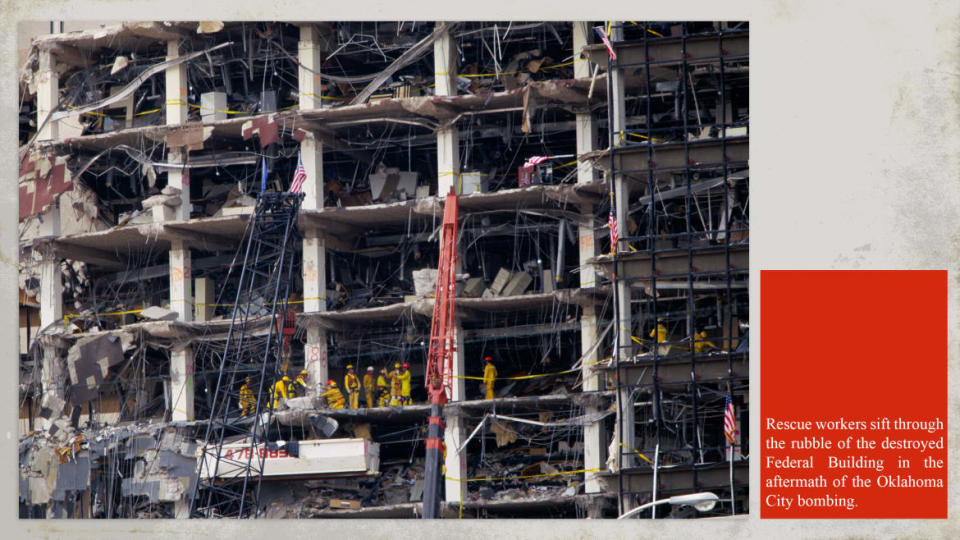
When Timothy McVeigh was apprehended, the motive for the carnage became clear. The date of the slaughter was April 19, 1995, exactly two years after the federal standoff at David Koresh’s compound in Waco, Texas. This was McVeigh’s revenge—blowing up the Alfred P. Murrah Federal Building, killing 168 people, including 19 children.
The scale of the Oklahoma City attack, the very audacity of it, the very cruelty of it, committed by an American against other Americans, seemed like evil incarnate. Here was an “all-American white boy,” as people said, brutally killing fellow innocent Americans and children right in America’s heartland because of his hatred for federal agencies. If this level of anger existed out there in the country, how and where else might it express itself?
Federal law enforcement and the media became obsessed and slightly hysterical over the idea of anti-government militias, even though McVeigh had no formal ties to any of them. Ultimately, however, McVeigh’s actions had an effect opposite to the one he intended. Instead of adding fuel to the anti-government movement, militia members resented the fact that the Feds would now be breathing down their necks. And they certainly were disgusted by the killing of so many innocent children. Some militia members began cooperating with the Feds, alerting them to possible violent extremists in their midsts. The FBI created a Domestic Terrorism Planning Section which found itself handling mostly threats against abortion clinics and crimes committed by radical animal rights groups, like the Animal Liberation Front (ALF).
Without reasonable cause, there was little the FBI could do to surveil American citizens traipsing through the woods with legally owned firearms playing weekend warrior. They couldn’t be arrested simply for their views. But after Oklahoma City, the FBI drafted a wish list of expanded authorities to monitor potential terrorists domestically. A coalition of left and right civil libertarians on the Hill thwarted attempts to pass these measures. (Some of the expanded authorities gained new life after 9/11 when they became part of The Patriot Act.)
Trump Is First to Use PATRIOT Act to Detain a Man Forever
THE SAUDI MIRROR
One again the terror spotlight was about to shift. On June 26, 1996, just weeks after the FBI had successfully concluded an 81-day standoff with the anti-government Freeman group in Montana, a truck bomb exploded in a housing complex in Khobar, Saudi Arabia, killing 19 Air Force personnel who were there to enforce the no-fly zone imposed on the regime of Saddam Hussein in Iraq. Hezbollah in the Hijaz (or “Saudi Hezbollah”) took credit for the attack.
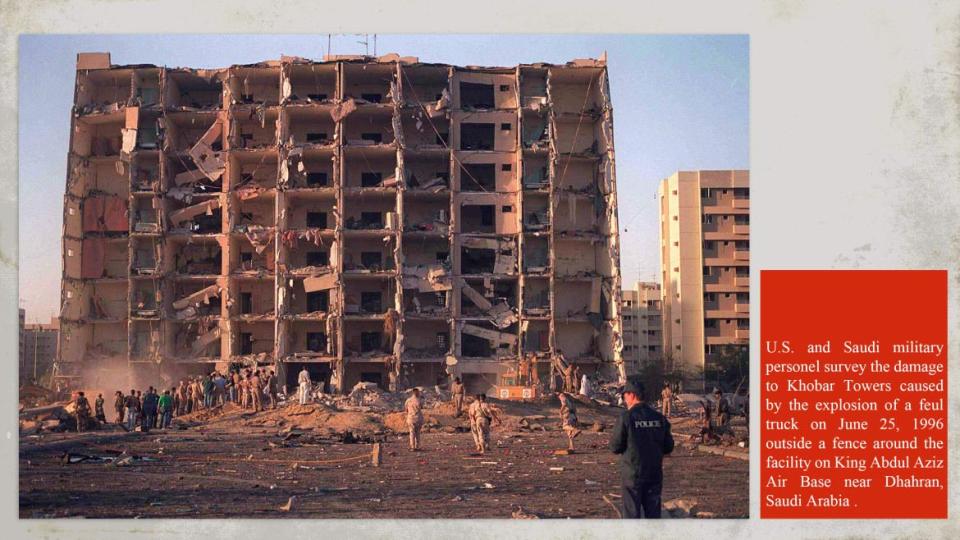
The Saudis knew more than they let on to the FBI about this group, but getting information from the Saudis involved a very delicate diplomatic dance—something FBI agents abhor.
The deference paid to the Saudis after Khobar would never be accorded to another country within whose borders American servicemen had been killed. Less than a year before the Khobar bombing, another bomb had exploded in Riyadh, killing five U.S. Defense Department contractors. But before the FBI could interrogate the suspects, the Saudis extracted confessions from them and had them beheaded. Now 19 American airmen had been killed in Saudi Arabia, and the United States was once again saying “pretty please” to Saudi royals to get them to share information.
It’s hard to determine whether it was Freeh’s strained relationship with the Clinton administration, or the Clinton administration’s hope for a rapprochement with Iran that led to other roadblocks in the Khobar investigation. Iran was clearly behind Saudi Hezbollah, but it was the Saudis, and the Saudis alone, who held the key to the investigation. With the information they possessed on the attack the year before, Khobar might have been prevented.
To shake information loose from the Saudis, and with less than enthusiastic support from the Clinton Administration, Freeh turned again to his friend, former President George H.W. Bush, who had liberated Kuwait from Saddam’s occupation and guaranteed the security of Saudi Arabia four years earlier. Freeh also weighed in with his own pal, the flamboyant Saudi ambassador to the United States, Prince Bandar bin Sultan.
As Lawrence Wright reported in his Pulitzer Prize-winning book, The Looming Tower, John O’Neill, the chief of the FBI’s Counterterrorism Section, had angered Freeh (who valued his relationship with Bush, Prince Bandar, and his ability to gain access to Saudi Arabia without help from the Clinton White House) by telling him on a flight home from the Kingdom, “Boss, they’re blowing smoke up your ass.”
The FBI did finally get access of sorts to the Khobar detainees held by the Saudis—but only by watching behind a two-way mirror as members of the Mabahith, the Saudi secret police, asked the questions.
PRECEDENTS
To understand how the Bureau developed its response to terrorist attacks you’d have to go back to the 1988 bombing of Pan Am 103 over Lockerbie, Scotland, which killed 270 people. Pan Am 103 was the first major terrorist attack against American civilians. A Hezbollah bombing of the US Marine Barracks in Beirut, Lebanon three years earlier had killed 220 Marines and 21 civilians. But Pan Am 103 was a watershed: 190 passengers had been American citizens on their way home for the Christmas holidays; 43 were British, and at least 19 other nationalities were represented among the lost. Among those killed were 35 students from Syracuse University returning to the U.S. after a semester studying in London. The U.N. Commissioner for Namibia, the CEO for Volkswagen America, the CIA’s Beirut Deputy Station Chief and a group of other U.S. Intelligence specialists were on that flight, raising suspicion that it might have been specially targeted.
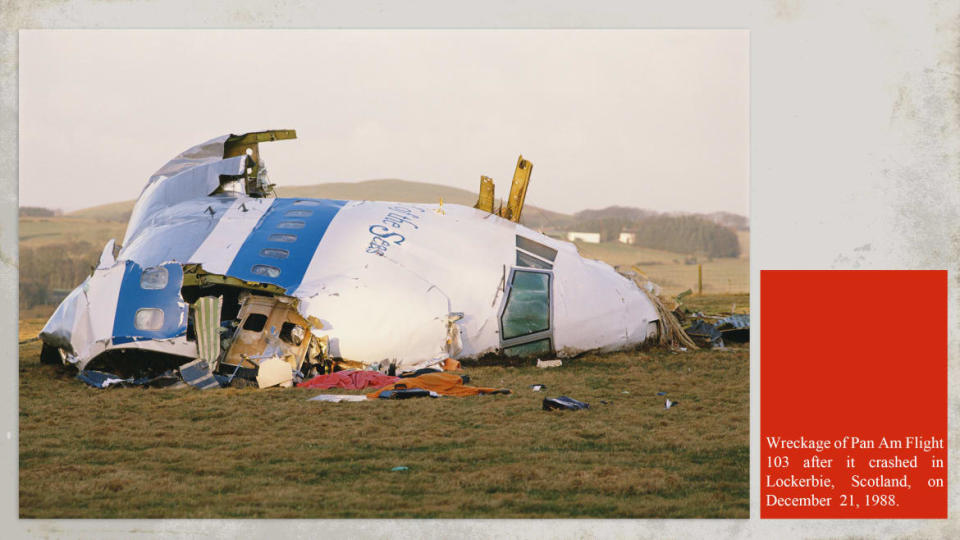
Legislation was passed giving the FBI extraterritorial jurisdiction over investigations wherever Americans were killed, and the Pan Am 103 investigation would be handled by the Justice Department’s Criminal Division—headed by one Robert S. Mueller—a recent Bush 41 appointee. Mueller had been overseeing the prosecution of Manuel Noriega and mob boss John Gotti, but Pan Am 103 had the greatest emotional impact on him.
As recently as 2018, Mueller met once again with family members of that ill-fated flight, including the now-adult children of victims, telling them, “There are those who say that time heals all wounds. But you know that not to be true. At its best, time may dull the deepest wounds; it cannot make them disappear.”
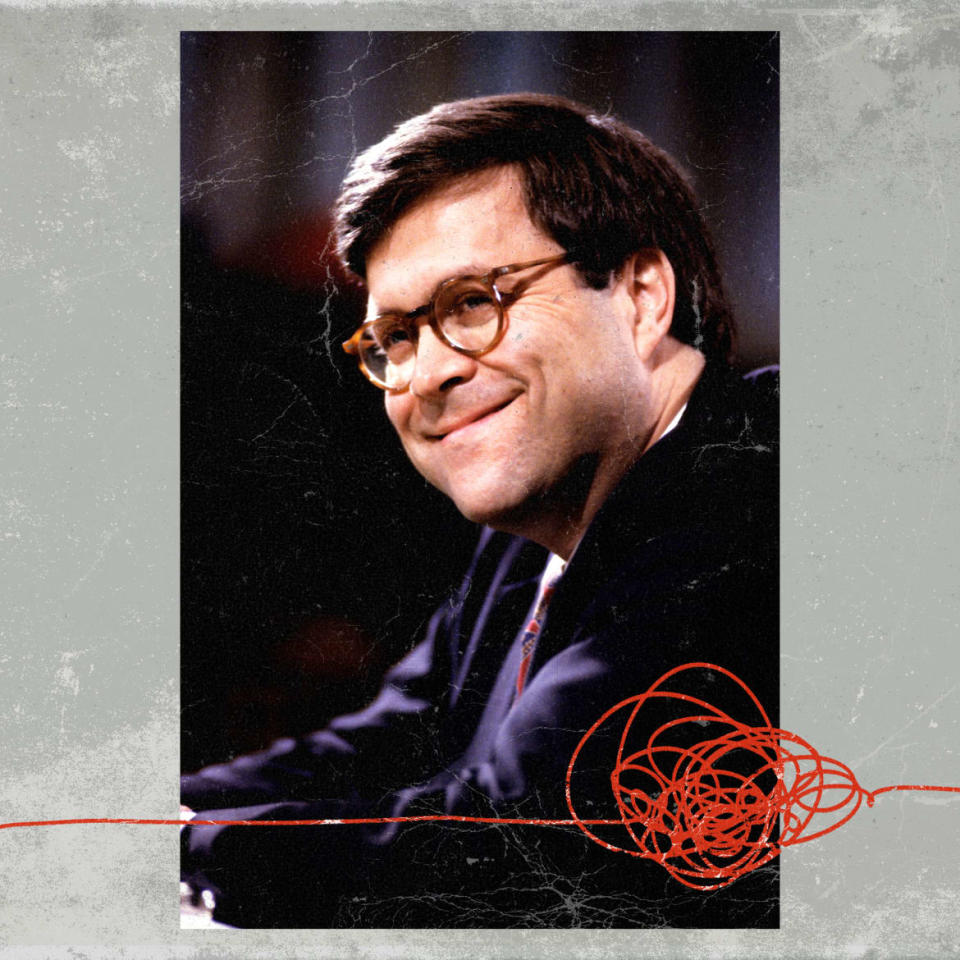
On Nov. 19, 1991, Acting Attorney General William Barr (yes, the same William Barr who is attorney general today), announced the indictments of two Libyan intelligence operatives for placing the bomb that destroyed Pan Am 103. A trial would not begin until 2000. In 2003, Libya would pay $2.7 billion in compensation to the families of the victims. The man found guilty, Abdelbasit Ali Mohmed al Megrahi, would ultimately die at home in Tripoli in 2017.
But in 1988, never having dealt with a terrorist attack on the scale of Pan Am 103, the Bureau received very poor marks for its outreach to the grieving families. So when the Khobar Towers bombings occurred, Freeh would go out of his way to promise justice to the victims’ families—a justice that would, however, have to be finessed to suit Saudi sensibilities.
In his 2005 memoir, My FBI, Freeh credits the ultimately successful indictments of the Khobar Tower suspects to his hand-picked choice as prosecutor, James B. Comey. (Yes, that James Comey.) “I will always be grateful for his leadership and pursuit of justice,” Freeh wrote of Comey, who was responsible for a federal grand jury in Alexandria, Virginia returning a 46-count indictment against 14 defendants charged with the bombing of the Khobar Towers.
But the Bureau barely had time to catch its breath.
Just three weeks after the Khobar Towers attack, the genuine, overwhelming desire by the FBI to convince grieving families they would receive justice would be tested in unimaginable ways. On July 17, 1996, TWA 800 exploded over the Atlantic shortly after taking off from JFK airport, killing 240 people.
END OF PART ONE
TOMORROW: CONSPIRACIES AND DISASTERS
Get our top stories in your inbox every day. Sign up now!
Daily Beast Membership: Beast Inside goes deeper on the stories that matter to you. Learn more.

